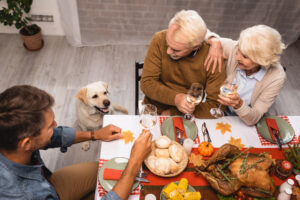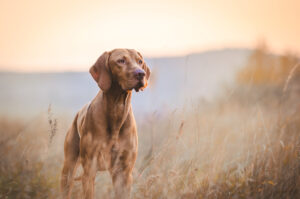Seasonal changes often lead to increased sickness in humans like the cold and flu, though there is a new mystery illness affecting our furry friends this winter. While this news may be worrisome among the pet community, the following are recommended safety guidelines when it comes to canine respiratory illness based on discussions from leading veterinarians across the field.
How to Protect Your Pet
In order to keep your pup’s tail wagging all winter long, the American Veterinary Medical Association shared findings from a panel of experts with the following safety precautions:
- The AVMA strongly urges owners to make sure their pets are up-to-date on their vaccines, including those for canine influenza, Bordetella and parainfluenza. Maintaining overall health through routine vaccinations can help support a dog’s immune system in combating disease.
- Reducing contact with large numbers of unknown dogs. Just like with other respiratory pathogens, the more contacts your dog has, the greater the risk of encountering a dog that’s infectious.
- Avoid communal water bowls shared by multiple dogs.
- Reducing contact with sick dogs. This can be harder to determine but if a dog looks sick (coughing, runny nose, runny eyes), keep your dog away from it.
- Keep sick dogs at home and seek veterinary care. “Signs that warrant a visit to the veterinarian include a lingering cough, weakness, loss of appetite, difficulty breathing, worsening of illness, and a cough that is sufficiently severe that it causes the dog to vomit or makes it hard for the animal to breathe,” advises the veterinarian panelists.
Additionally, advisors say it is especially important to consult with a veterinarian if the dog is senior, very young, brachycephalic (short nosed or flat faced), immunocompromised, pregnant, or has underlying heart or respiratory disease.










